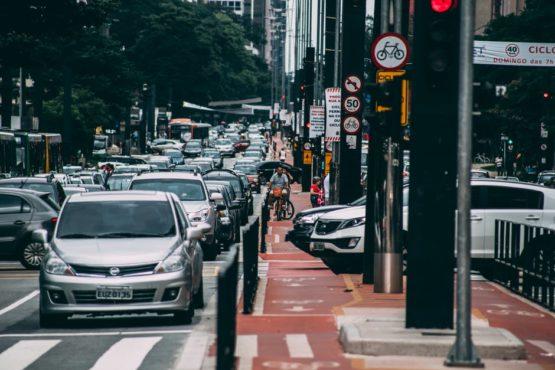By John LaConte
Earlier this month, Morgan Stanley analysts told their clients that Morgan Stanley had grossly underestimated its previous valuation of Google’s driverless car division, Waymo.
“Our previous work has shown how Waymo’s autonomous robotaxi taxi business could be worth (approximately) $75 billion,” a team of analysts led by Brian Nowak noted to investors. “But that is likely just the beginning, as there are two other business models — logistics/delivery and licensing — now coming into view … which we see leading to a total (approximately) $175 billion potential Waymo valuation.”
The $175 billion valuation puts Waymo ahead of GM, Ford and Tesla combined.
In Vail, the Town Council wants to make a priority of thoughtful and thorough discussion of emerging technologies. As reports were coming out about Morgan Stanley’s valuation on Tuesday, Aug. 7, the council listened to a presentation from Rutt Bridges, author of “Our Driverless Future: Heaven or Hell?”
Bridges made some predictions that will affect the United States as a whole, but also localized his presentation to Vail a bit, with insights as to how driverless cars might help affordable housing, cost of living and traffic on Interstate 70.
CAR-TO-CAR COMMUNICATION
Our area will not be among the first to see the driverless car revolution take place. Areas such as Phoenix, San Fransisco and Atlanta have both the predictable weather and high concentrations of people to help reduce the variables in this new experiment.
But while cold and slippery conditions will complicate the driverless scene, it will also offer a chance for companies to employ the car-to-car communication technology that could make these cars so revolutionary, Bridges told the council.
Recounting a conversation he had with a vice president from Volvo, Bridges told the Vail Town Council that a cloud-based “ice map” might make things safer in areas such as ours.
“Whenever their tires slip a little, they’re mapping the areas that are icy, and they’re creating a map in the cloud, so you know where those icy patches are,” Bridges said. “These cars will automatically slow down as they get near them. If that data is shared with everyone, as cars get smarter and smarter, other cars will be able to do that, too.”
Another car-to-car communication breakthrough that could reduce headaches in our area is the idea of vehicles doing something Bridges calls “platooning,” where lines of cars headed in the same direction tailgate one another with very little space between.
“They travel like a school of fish,” Bridges said. “Because these vehicles are all connected electronically by radio waves, when the front vehicle slows down or speeds up, every other one does within a thousandth of a second … you can get the equivalent use of five conventional lanes, if you platoon.”
Bridges sees I-70 as a highway where platooning could reduce traffic immensely.
“I believe this is coming, but there’s a lot more research that needs to be done before it’s really delivered,” he said.
REDUCED COST OF LIVING
Based on projections going out to the year 2027, buying miles from mobility services and ride-share programs currently costs between one fourth and one eighth of what it costs to own a sedan, Bridges estimates.
“The lower your income is, the bigger a difference that makes in your life,” Bridges told the Vail Town Council.
In areas where more housing is being constructed, if parking isn’t taking up a large amount of real estate that could be used for additional units, it’s being done in a way that’s extremely expensive through the use of multi-level parking structures.
“The average parking ratios for a two-bedroom apartment is about 1 1/2 parking spaces,” Bridges said. “A little over half the space that you actually use for the apartment.”
With mobility on demand, cars won’t use conventional parking spaces.
“You park them nose to nose, one behind the other like a Pez dispenser,” Bridges said. “When one is needed, the one in the front pulls off and everybody else moves up.”
Bridges estimates the cost of rent dropping by as much as $375 per month over the course of the next decade if the need for parking is dramatically reduced through the advent of mobility-on-demand and ride-share services.
“The average American car spends 95 percent of its life in park,” he said.
















Leave a Reply